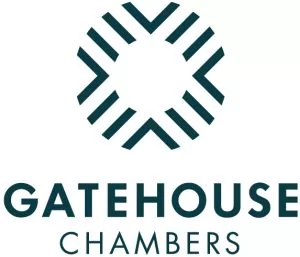The facts
The appellants were underlessees of flats in a mansion block in Holland Park ("the Block"). They appealed against a declaration that they did not have a right to park on a private road adjacent to their Block. The Respondent was the head lessee of the neighbouring block of flats and the private roads pursuant to a headlease having been granted in 1969. The freehold of the whole estate was held by a third party.
In 1969 the residents of the Block had a settled practice of parking on the private road. The headlease reserved to the freeholder "... easements, quasi-easements and rights belonging to or enjoyed by any adjoining or neighbouring premises". In 1974, the freeholder granted a 99-year headlease of the Block to a third party. A carve-out clause excluded from the 1974 lease "liberties, privileges, easements, rights or advantages...over land forming part of the freeholder's estate...except those now subsisting or which might restrict or prejudicially affect the future rebuilding alteration or development or redevelopment thereof or of any other adjoining or neighbouring property." The case concerned whether the practice of parking was converted into a legal easement on the grant of the leases.
The Court Appeal
The Court of Appeal held that although the 1974 carve-out clause was not elegantly drafted, the headlease had been made between sophisticated, commercial parties advised by experienced professionals; the carve-out clause was a compromise between their competing interests. The two limbs of the clause (the first ending with the words "now subsisting" and the second beginning with the words "which might restrict") were not disjunctive and were different in nature. It followed that the subsisting rights were conveyed by the headlease; the carve-out clause only operated to exclude the creation of new rights where such new rights might so restrict or prejudicially affect future rebuilding. A realistic approach had to be taken to that question: the second limb was not intended to capture any form of rebuilding or alteration that might occur during the term of the headlease; rather, the possibility of any future alteration or development had to be grounded in reality.
Turning to the 1969 headlease, it reserved various rights to the freeholder, including "all other easements, quasi-easements and rights belonging to or enjoyed by any adjoining or neighbouring premises". That wording was sufficiently wide as to include a de facto right in the sense of a settled practice which was converted into a legal right on the reservation. As the right was communal and related to the block as a whole, it was not necessary to establish that every resident parked on the road, only a substantial number of those tenants who owned cars.
On the proper interpretation of the two leases, the residents had a right to park on a private road outside their flats.
Conclusion
The case is essential reading when considering how 'rights' are converted to easements upon a transfer, the operation of section 62 of the Law of Property Act 1925 and the how to approach the construction of lease clauses that, on their face, do make little sense.
The content of this article is intended to provide a general guide to the subject matter. Specialist advice should be sought about your specific circumstances.

